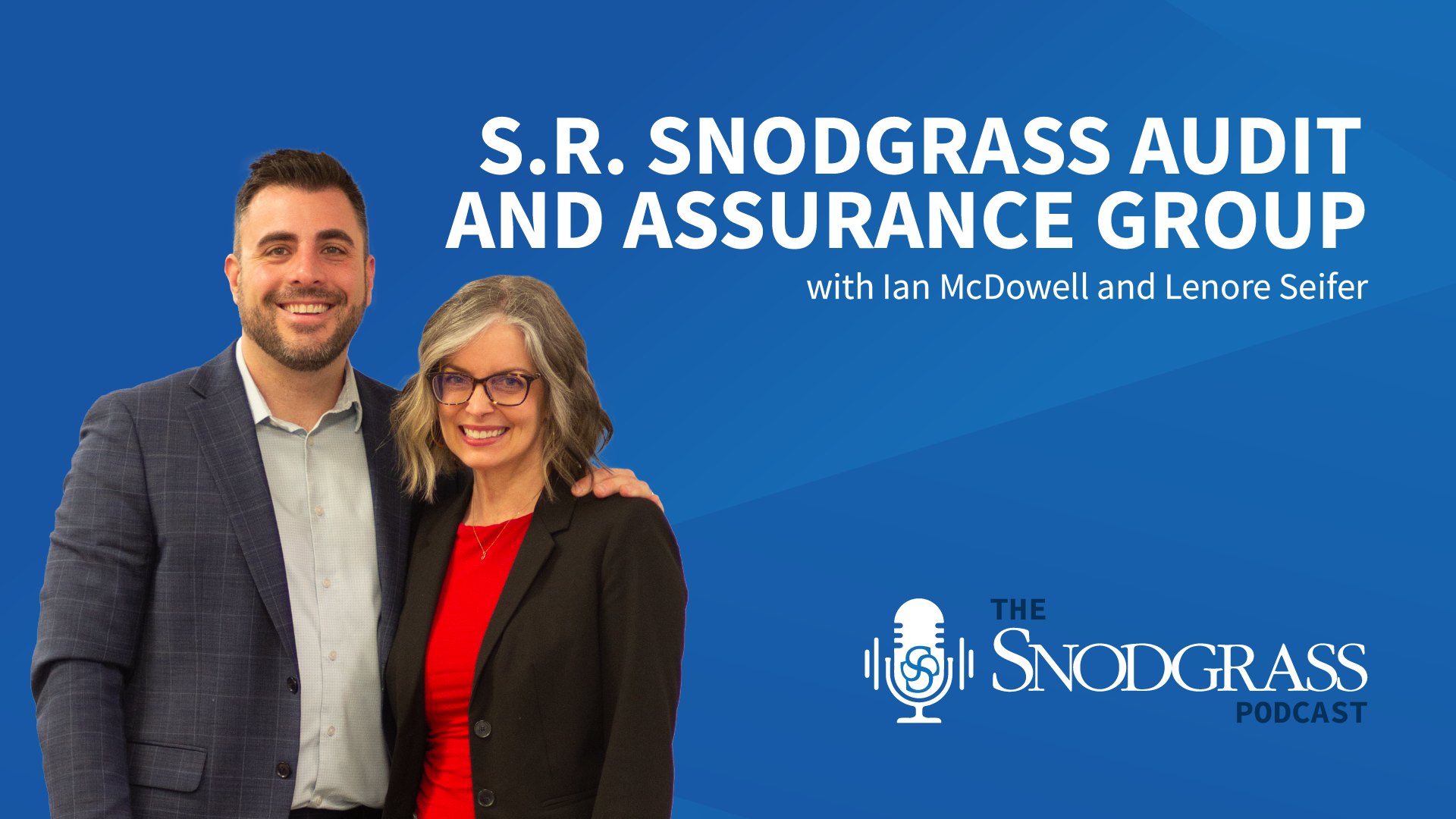In December 2019, President Trump signed the Setting Every Community Up for Retirement Enhancement Act (SECURE Act), which contains several significant changes to the tax rules governing retirement plans. This update describes some of the more significant changes:
Increase to Required Minimum Distribution Age
The SECURE Act generally increases the age that required minimum distributions (RMDs) must be taken from qualified retirement plans from 70 ½ to age 72. This provision is effective for required distributions made after December 21, 2019, for plan participants and individual retirement account (IRA) owners who reach the age of 70 ½ after December 31, 2019. The Internal Revenue Service is expected to provide guidance on when qualified plans must be amended to reflect this change.
Repeal of Maximum Age for Traditional IRA Contribution
The SECURE Act repeals the 70 ½ maximum age for traditional IRA contributions, effective for contributions made for tax years beginning after December 31, 2019.
Inherited IRA Limitations – Elimination of Stretch IRAs
Under prior law, distributions from qualified contribution plans generally had to begin within one year of death and be paid out over the life expectancy of the beneficiary. Similar rules existed for IRAs, which led to popular tax deferral strategies. Under the SECURE Act, effective for the death of an IRA owner or defined contribution plan participant occurring after 2019, beneficiaries now must draw down the inherited amounts within ten years. There are several exceptions to this requirement, including for: (1) the spouse, (2) children under the age of majority (the ten-year rule will apply when the child reaches the age of majority), (3) the disabled or chronically ill, and (4) beneficiaries no more than ten years younger than the owner.
Part-Time Employees
The SECURE Act allows certain part-time employees to participate in defined contribution plans, providing the employee has been credited with at least 500 hours of service per year for at least three consecutive years and has reached the age of 21 by the end of the three-year period. This provision is effective for plan years beginning after December 31, 2020.
Fiduciary Safe Harbor
The SECURE Act adds a safe harbor to ERISA, easing uncertainties for plan fiduciaries offering an annuity as an investment option in a defined contribution plan.
Non-Discrimination Relief
The SECURE Act permits certain defined benefit plans with features that are closed to new participants to meet non-discrimination, minimum coverage, and minimum participation rules by cross-testing the benefits with the sponsor’s defined contribution plan.
Portability of Lifetime Income Option
The SECURE Act adds a new exception to the prohibition of qualified plan distributions to participants still working for the plan sponsor. This exception allows plan participants of defined contribution plans, 403(b) plans, and 457(b) plans to make direct trustee-to-trustee transfers of certain investments that are no longer authorized to be held as an investment option.
Credit for Small Employer Plans
The SECURE Act increases the maximum dollar limit allowed for the tax credit small businesses are allowed for qualifying costs of setting up a retirement plan. The new limit may be as high as $5,000, an increase from the previous $500 limit. The new credit is effective for tax years beginning after December 31, 2019.
Automatic Enrollment Safe Harbor
The SECURE Act increases the maximum amount of employee compensation that can be automatically deferred under a plan with an automatic enrollment safe harbor from 10 percent to 15 percent, effective for plan years beginning after December 31, 2019.
Other Changes Made by the SECURE Act
- Changes are made to affiliations allowed to open multi-employer plans
- Changes are made to certain non-elective safe harbor 401(k) plans
- Increase in various penalties for failure to file certain returns, including Form 5500
- Certain non-taxable, non-tuition fellowship and stipend payments allowed as compensation for IRA purposes
- Effectively prohibiting qualified retirement plans from making participant loans via credit card
- Allow penalty-free withdrawals from retirement plans for birth or adoption (up to $5,000)
- Expand 529 plans to cover certain homeschooling and vocational training costs
- Allow 529 plan withdrawals for qualified student loan repayments (up to $10,000)
The above items are brief descriptions of some of the significant changes made by the SECURE Act. You should consult your retirement plan advisor(s) to determine what impact the SECURE Act has on your specific plan(s) and what action you might need to take.
If you wish to discuss any of the matters in the attached update in more detail, please contact Chuck Marston, Rich Pacella, or Danelle Stewart at cmarston@srsnodgrass.com, rpacella@srsnodgrass.com, or dstewart@srsnodgrass.com or 724-934-0344.
Posted 1/27/20



